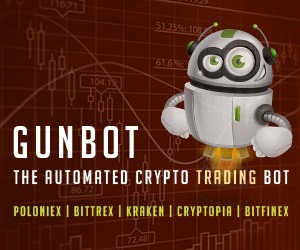Bitcoin is a decentralization of money, and various thought leaders in the industry believe this is representative of freedom, much like digital creativity being unleashed by the internet represents freedom. How do you think ION and decentralized identity management can represent freedom in a similar way?
“There are many other freedoms to consider beyond those related to money, like speech, expression, and privacy, to name a few. In this Internet Age, many of our freedoms are primarily exercised in the digital world.
To understand why identity is so important to our freedoms, it helps to define the scope of identity: Identity can be viewed as everything you say, do, write, express, and believe. In the digital realm, identity is involved in almost every digital interaction – from how you login to websites, to the data you generate in apps, and the credentials you exchange – identity is literally every bit and byte to, from, or about you. Think of it: social media, email, chat apps, to-do lists, documents, etc. Your exchanges across all these apps and services are anchored to identifiers you fundamentally do not own; identifiers that sustain your social connections, protect a lifetime of photos, and keep your most personal messages secure. ION is the first step in realizing a future where we own our digital identities.”
Following your launch on Bitcoin mainnet, what are your next-in-line priorities for ION?
“We are actively working on many aspects of ION and related components, such as expanding the capabilities of the ION developer libraries and improving the experience for node operators. Our recent blog post has the latest. Some examples:
• Deliver a light node configuration, making node operation easier for low-resource devices.
• Add tooling and support for Ed25519 and BLS12-381 keys
• Codify an initial set of DID type tags (used in tagging DIDs as IoT devices, software packages, etc.)
• Enable querying of ION’s decentralized DID directory based on DID type – for example: once organizations and businesses establish DIDs, you will be able to fetch all DIDs typed as Organization, LocalBusiness, etc., to build a decentralized directory. You will also be able find all DIDs of types like SoftwareSourceCode, to create decentralized code package and app registries. (NPM? How about DPM)”
All quotes are attributed to Daniel Buchner, Senior PM Manager. We thank the Microsoft team for taking the time to interview with Bitcoin Magazine.
Click here to read Bitcoin Magazine’s 2020 interview with Daniel.





